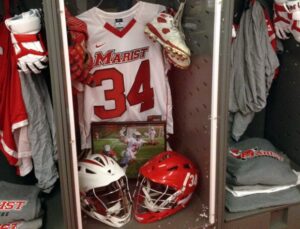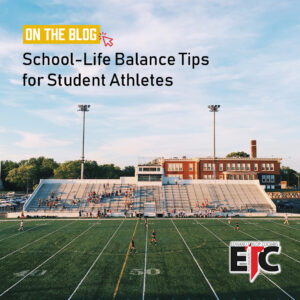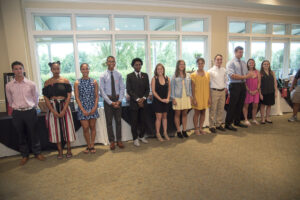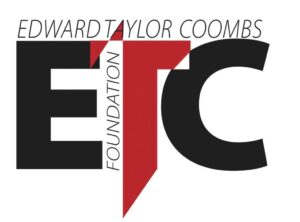Academic pressure is a common phenomenon experienced by students of all ages. Whether it’s the expectations of parents, the demands of teachers, or the desire to excel in a competitive environment, academic pressure can manifest in various forms and affect students’ mental and emotional well-being. In this blog, we’ll explore what academic pressure is, its types, effective coping strategies, and how teenagers can balance academic pressure with their family life.

Understanding Academic Pressure
Academic pressure refers to the stress and strain students experience due to the expectations and demands placed on them in educational settings. This pressure can stem from various sources:
1. External Pressure:
External pressure comes from factors outside the student, such as parents, teachers, peers, and societal expectations. These may include pressure to achieve high grades, excel in extracurricular activities, or secure admission to prestigious institutions.
2. Internal Pressure:
Internal pressure arises from students’ own aspirations, ambitions, and perfectionist tendencies. It can lead to self-imposed stress to perform exceptionally well academically, often resulting in feelings of inadequacy or fear of failure.
Academic Stress: Coping Strategies | Psychological & Counseling Services
Coping with Academic Pressure
Managing academic pressure effectively is crucial for maintaining mental and emotional well-being. Here are some strategies to cope with academic pressure:
1. Time Management:
Developing good time management skills can help students prioritize tasks, allocate sufficient time for studying, and avoid last-minute cramming. Breaking tasks into smaller, manageable chunks and creating a study schedule can reduce feelings of overwhelm.
2. Seeking Support:
Encouraging open communication with parents, teachers, or school counselors can provide students with valuable support systems. Talking about academic challenges, seeking guidance, and expressing feelings of stress can alleviate pressure and foster a sense of understanding and empathy.
3. Practicing Self-Care:
Prioritizing self-care activities such as exercise, adequate sleep, healthy eating, and relaxation techniques like meditation or deep breathing can improve overall well-being and resilience to academic stressors.
Balancing Academic Pressure and Family Life
Achieving a balance between academic pursuits and family life is essential for teenagers’ holistic development and well-being. Here are some tips for striking this balance:
1. Establishing Boundaries:
Set clear boundaries between academic commitments and family time. Designate specific times for studying and leisure activities, ensuring that family time remains a priority.
2. Quality Over Quantity:
Focus on the quality of interactions rather than the quantity of time spent with family members. Engage in meaningful conversations, shared activities, and bonding experiences to strengthen familial relationships.
3. Prioritizing Well-Being:
Encourage teenagers to prioritize their mental and emotional well-being above academic achievements. Emphasize the importance of self-care, relaxation, and spending time with loved ones to maintain a healthy balance.
In conclusion, academic pressure is a prevalent challenge faced by students, but with effective coping strategies and support systems in place, it is possible to achieve balance and well-being. By managing time efficiently, seeking support when needed, and prioritizing self-care and family relationships, teenagers can navigate academic pressures while maintaining a fulfilling and balanced life.
Sources:
-
American Psychological Association. (2019). Stress in America™ 2019: Stress over education, health care and the economy. Link
-
National Institute of Mental Health. (2020). Teen Mental Health. Link
More relevant blogs for you






















